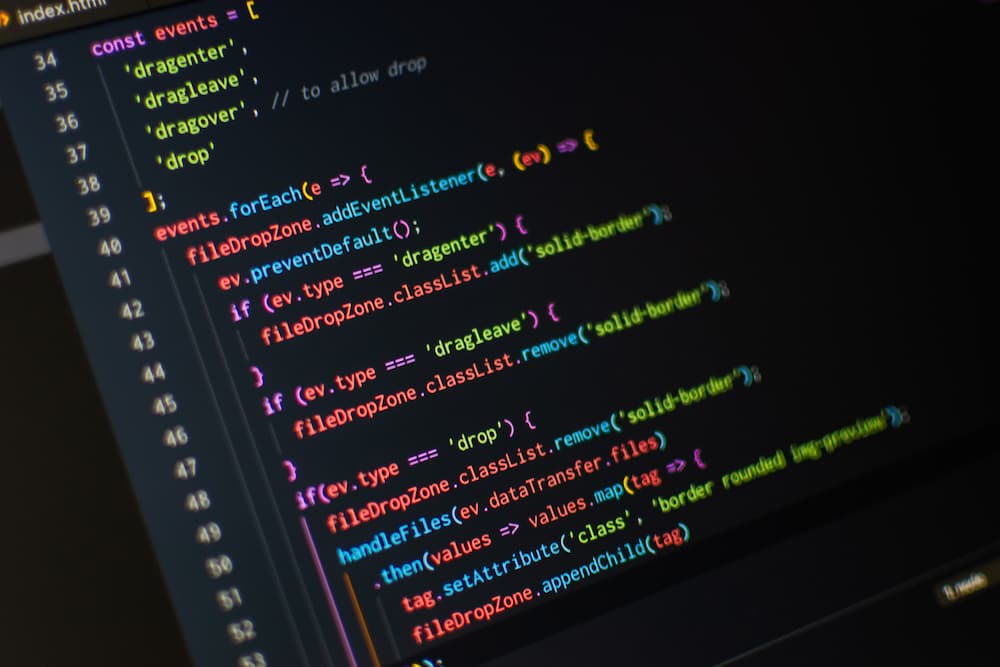Yes, since 2014 Python has had negative dynamics. In addition, we can observe a trend to switch from JavaScript to TypeScript to satisfy Elixir users, as well as impose restrictions on cards that used Rust.
We offer the results of the research questionnaire taken by the IT platform for developers DOU regarding programming languages. The results are based on the 7211 questionnaires with 92% of respondents in Ukraine. Let’s go.
Commercial use
We can all agree that the changes in the customer behaviour affects business and all of that automatically affects the programming language choices. It is not a secret that during the past few years lots of companies have been investing in cloud migration strategies that give speed and data integrations, and the smart things like iot retail use cases we can hear during a few last years.
What has changed? First of all, the growth of TypeScript attracts attention: it seems that in time it will become the main language in the JavaScript ecosystem. This year, it surpassed C ++ in popularity for the first time. Another interesting fact: for the first time in several years, the decline in the share of Python: perhaps the use of Data Science has reached a saturation point.
For the first time since 2012, the share of C # has increased. The use of Java continues to decline, although not as actively as before. In general, there is a decrease in the share of JVM: the share of Kotlin is stable (although it gave way to Ruby), the use of Scala resumed after a significant decline in 2019 and today, compared to 2018, even increased slightly. It is also worth noting the slight increase in Dart.
Based on the research we can say that the dynamics of current programming languages by year will change. Statistically significant changes are for C ++, TypeScript, Ruby, 1C, Scala, Pascal / Delphi, T-SQL. Recall that the changes are statistically significant if with a probability of 95% we can not get results with changes and without, if we evenly select two groups of respondents from one population.

Areas of use
This year, for the first time, DOU asked respondents to indicate the field in which they work. The results are quite interesting.
DOU summsrised that about half of the developers are backend (52%), then segments of webfront (19%) and mobile development (it is even less than the web – 8%), data array processing (this includes Big Data and machine learning) – 6%. Desktop programming still exists and occupies 4% of the volume, system programming – 3% (currently a small share) and Full-Stack development – about 1%.
Also the main backend languages are Java, C # and PHP. The share of JavaScript and TypeScript is there, but not as large and comparable to the share of Ruby and Go. The top ten backend languages also include Scala and C ++.
In fact, the entire frontend is written in JavaScript and TypeScript. The use of other languages is purely marginal. TypeScript is relatively smaller. It will be interesting to look at this ratio for the year.
The main development languages for mobile devices are Kotlin and Swift. And the share of cross-platform frameworks is smaller than it seems. In addition, it is noticeable that Dart / Flutter immediately occupied a large niche. And after React Native and Flutter there is still room for C # Xamarin.
Among the data processing, the undisputed leader is Python, then – the languages of data manipulation T-SQL and PL-SQL. A special place is occupied by Scala (here it is more common than Java) and R.
Personal preferences
As we have already mentioned, the results of the selection of programmers cannot be used for forecasting, but it is interesting that Rust has finally appeared on the map. Again, we see some decline in interest in Python and the trend of transition from JavaScript to TypeScript.
Interestingly, the data here differ from the Stack Overflow survey and our previous survey: Rust is significantly lower. The most satisfied users of Elixir (possibly the migration of the Erlang community), also draws attention to the place Clojure. If we calculate separately the satisfaction index by areas of application, the results are almost the same.
Learning new languages
The favorite, as in previous years, was Python. Almost 18% of those who will learn a new language are going to learn it. But still the share is less than a year ago. Well, the biggest growth in TypeScript and Rust.
As in previous years, the majority of respondents (83%) want to learn a new language on their own, with the help of books and documentation, 4% will turn to colleagues (impressive introversion), and 12% will use the traditional approach – with professional teachers (courses or individual). to occupy).
